Artificial intelligence helps scientists identify 3000 moving slopes potentially at risk of landslide
A new approach that combines AI and satellite data has been used by scientists to detect actively moving landslides at a national scale.
25/09/2025 By BGS Press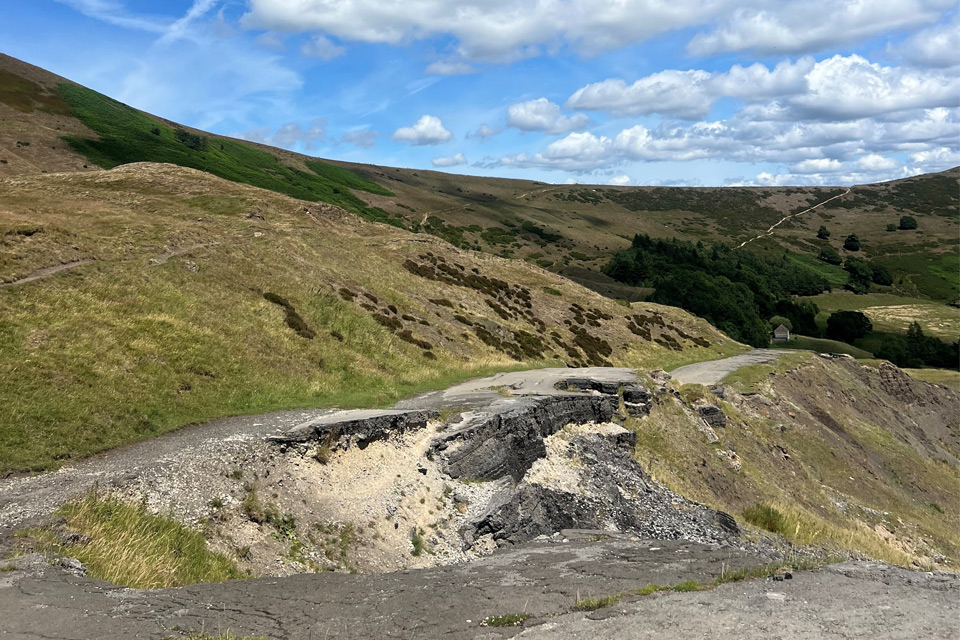
Landslides cause significant disruption to the road and rail network across Great Britain and can lead to fatalities. Identifying active slope failure is a difficult task, as monitoring is costly and time consuming, especially at a national scale.
In collaboration with the University of Florence in Italy, BGS has used a new, semi-automated method that uses artificial intelligence (AI) to identify the slopes that are actively moving, highlighting areas potentially at risk.
Previously, BGS has used interferometric synthetic aperture radar, or InSAR, for monitoring landslides. One of the benefits of InSAR is the large amount of information available, especially at a national scale; but analysing all these data present a challenge for scientists. To help tackle this problem, we have developed a semi-automated method that combines a type of AI called machine learning with clustering tools. The benefit of this approach is that we can analyse data for the whole of Great Britain, which wouldn’t have been possible before.
Results from this recent analysis highlighted around 3000 slopes that showed consistent movement of over 2.5 mm per year between 2018 and 2022. These actively moving slopes affect approximately 14 000 km of road and 360 km of railway — 2.4 per cent and 1 per cent of the entire national network, respectively.
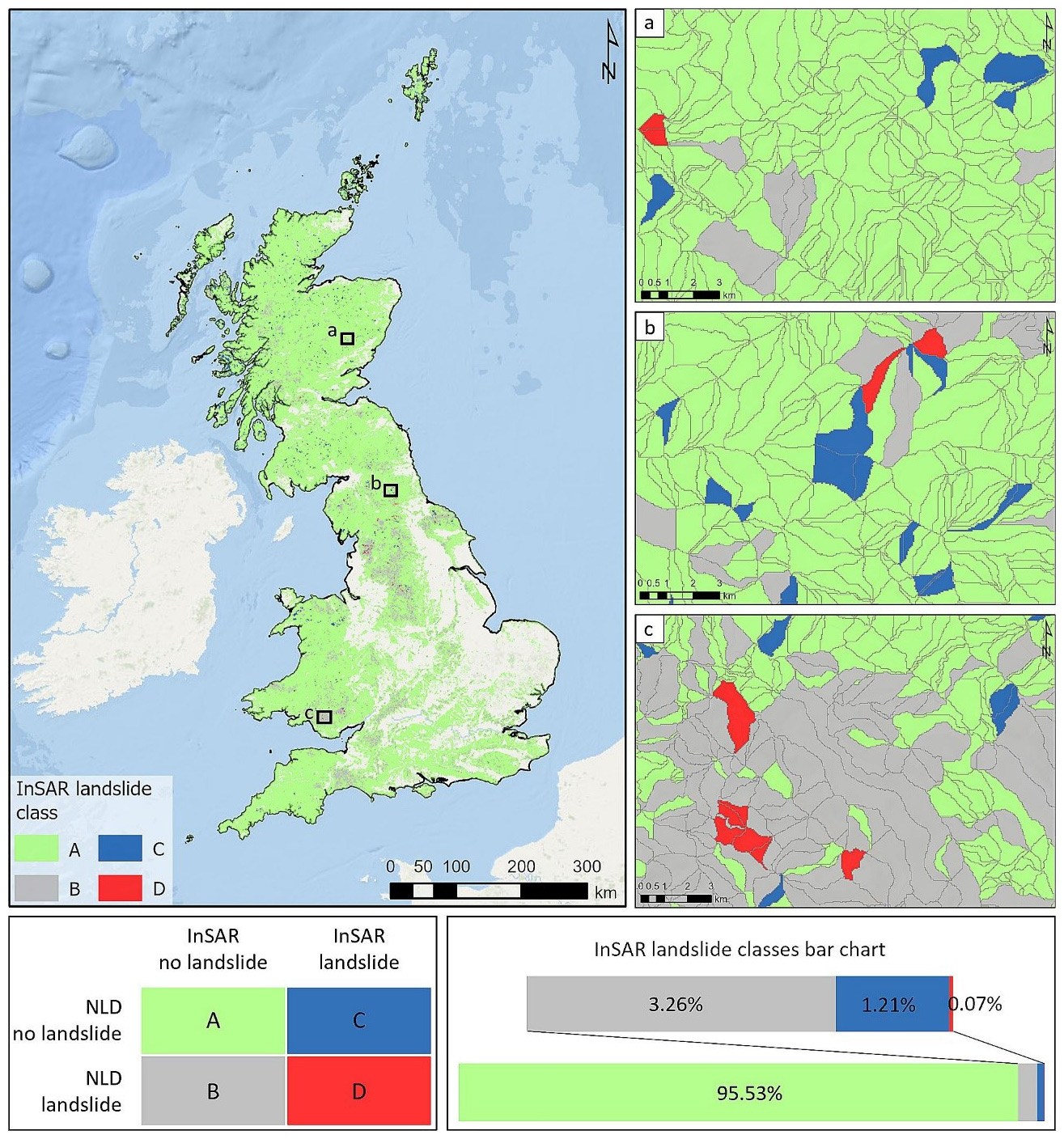
InSAR landslide inventory map with associated matrix and the InSAR landslide classes bar chart. Additionally, three zooms of the map from (a) Scotland; (b) England; (c) Wales. NLD: BGS National Landslide Database. © Medici et al. (2025).
The slopes deemed unstable are not all linked to landslides. Rather, they show the areas that should be focused on not only for future landslide research and mapping but also for the effect on local infrastructure, such as buildings and roads.
Our new, semi-automated approach supports the work of landslide specialists and provides a practical solution for large-scale geohazard management. The tool has helped to classify more than 300 000 slopes around the UK and has highlighted 3000 slopes that have moved in a four-year period.
Satellite InSAR data has enormous potential for understanding ground deformation, but its complexity and the volume of data require advanced automated tools to extract meaningful information. Our semi-automated method helps bridge this gap by identifying the most critical areas to focus on, enabling efficient monitoring and helping to prevent serious damage.
Dr Alessandro Novellino, BGS remote sensing geologist
This approach already provides a powerful disaster-management tool, allowing decision makers to quickly identify areas that are currently at risk from ground motion. By highlighting these vulnerable areas, it supports smarter prioritisation of detailed field surveys, maintenance, and mitigation strategies, reducing costs and improving safety.
Next steps will focus on refining this national-scale analysis by integrating more detailed topographical data, to move from identifying unstable slopes to automatically mapping individual landslides within those slopes. This will enable more precise classification of landslide types and extents and the likely triggering mechanisms. The results will be shared with key stakeholders, including local authorities, infrastructure owners and the Natural Hazards Partnership.
Camilla Medici, postdoctoral researcher at the University of Florence
The research paper, Machine learning and clustering for supporting the identification of active landslides at national scale, is now available to read.
Related news
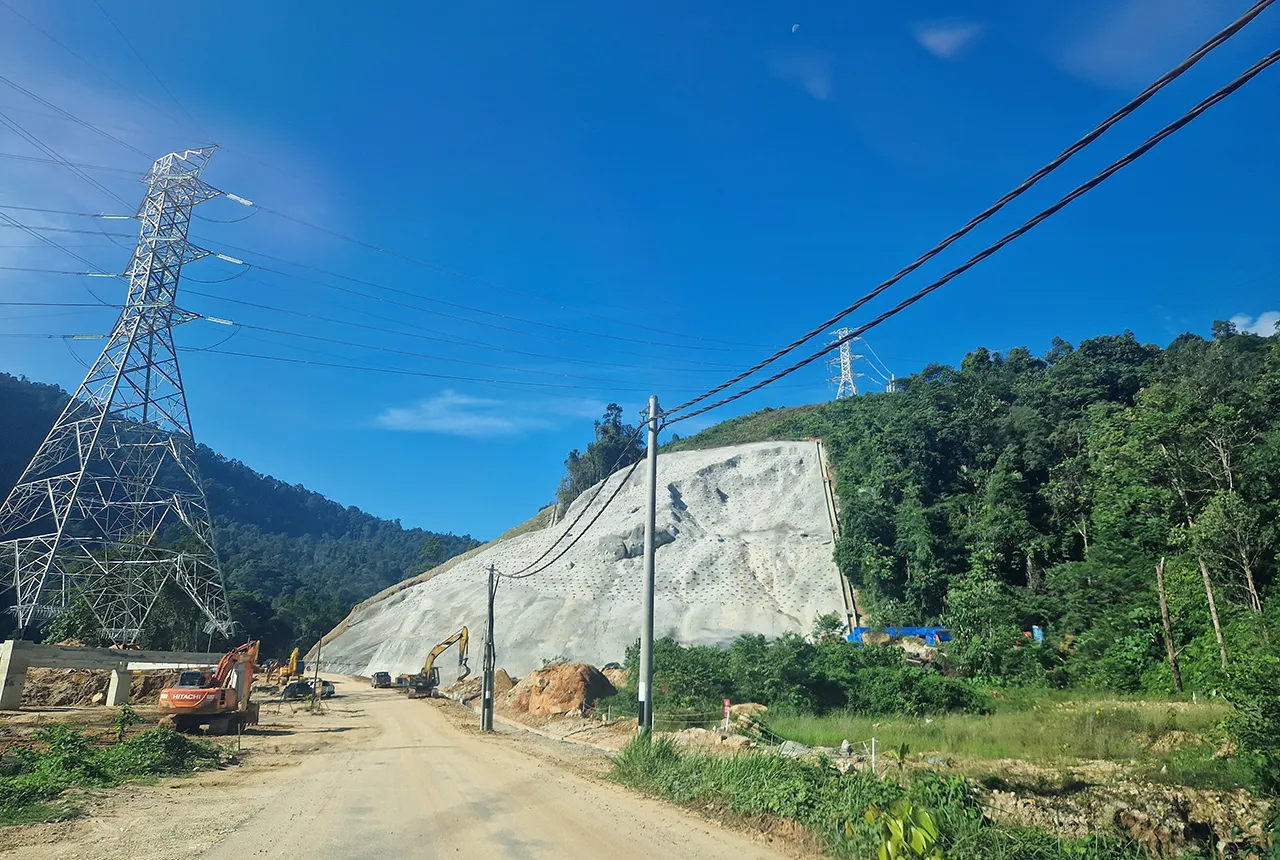
BGS awarded funding to support Malaysia’s climate resilience plan
17/12/2025
The project, funded by the Foreign, Commonwealth & Development Office, will focus on minimising economic and social impacts from rainfall-induced landslides.
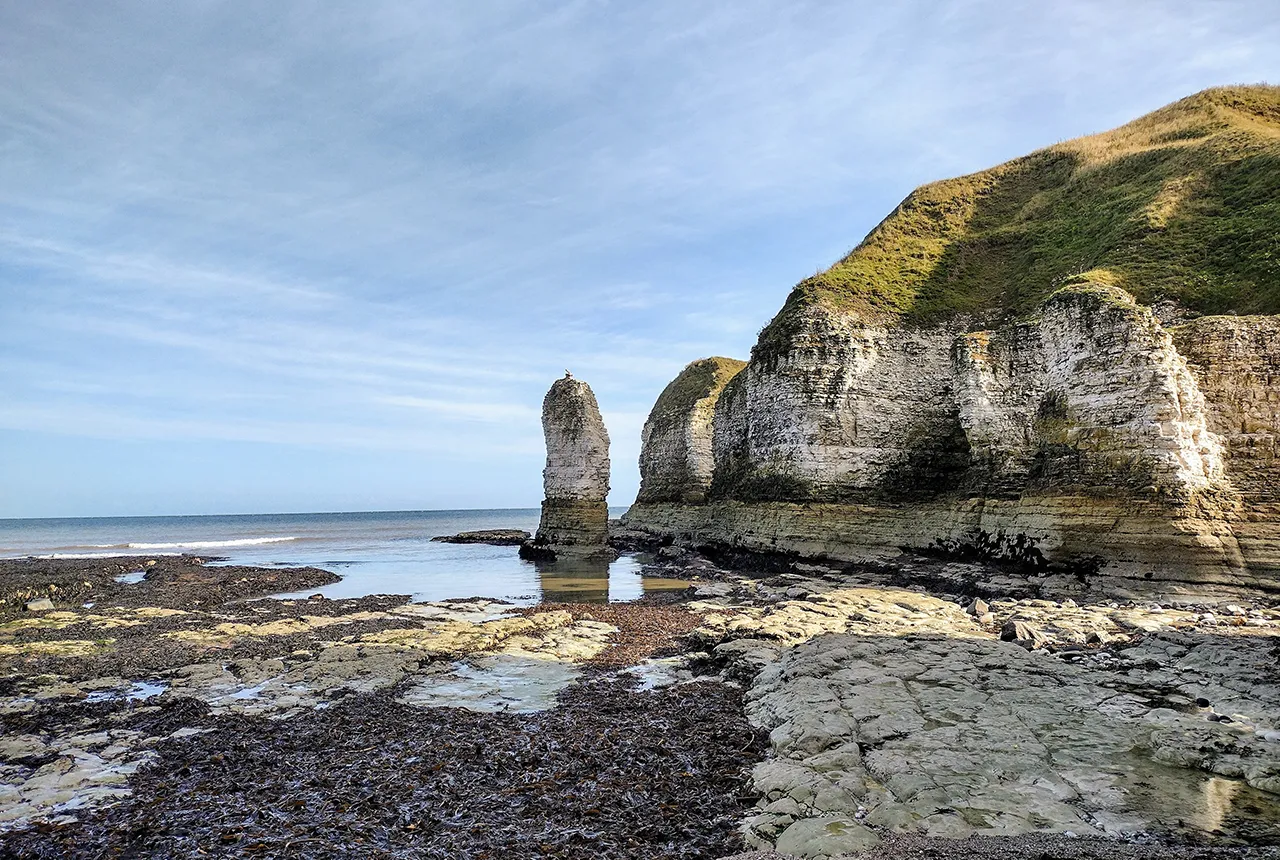
New geological maps of the Yorkshire Wolds to better inform groundwater management and policy decisions
17/12/2025
The new mapping provides crucial data on localised geological issues that may assist in protecting water supplies.
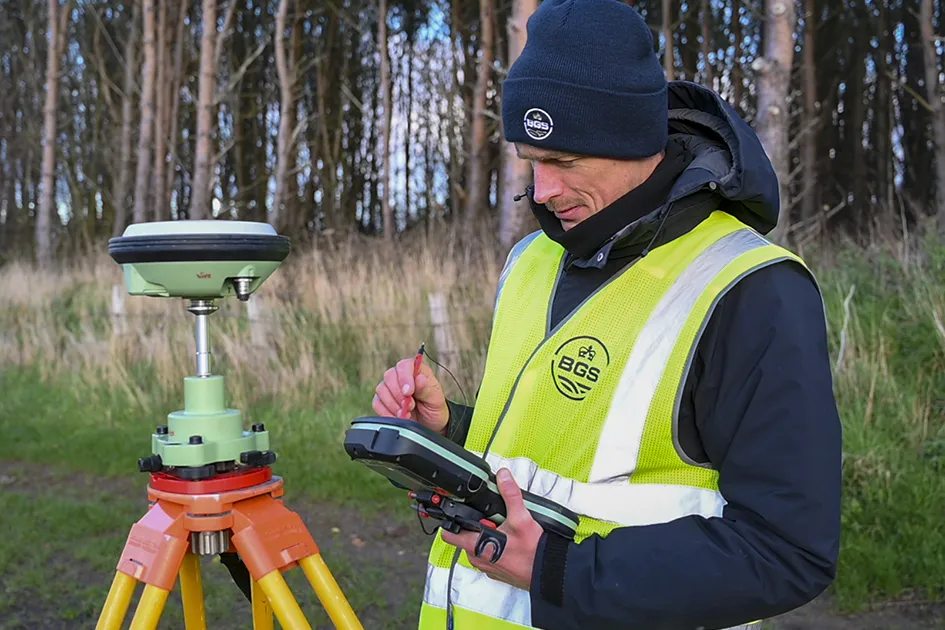
‘Three norths’ set to leave England and not return for hundreds of years
12/12/2025
The historic alignment of true, magnetic, and grid north is set to leave England, three years after they combined in the country for the first time since records began.

BGS agrees to establish collaboration framework with Ukrainian government
11/12/2025
The partnership will focus on joint research and data exchange opportunities with Ukrainian colleagues.
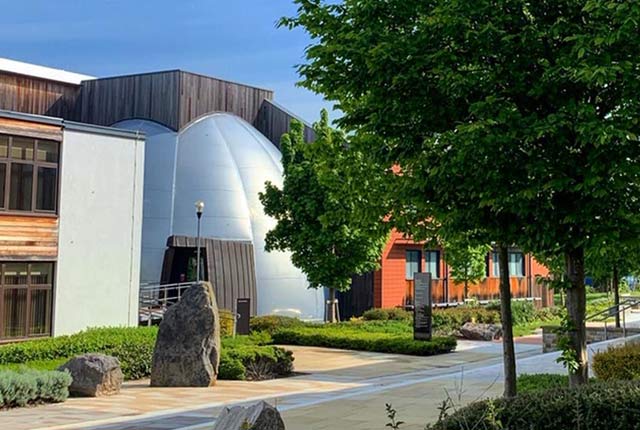
Making research matter: BGS joins leading research organisations in new national initiative
10/12/2025
A new alliance of 35 organisations has been formed that is dedicated to advancing science for the benefit of people, communities, the economy and national priorities.

New 3D model to help mitigate groundwater flooding
08/12/2025
BGS has released a 3D geological model of Gateshead to enhance understanding of groundwater and improve the response to flooding.
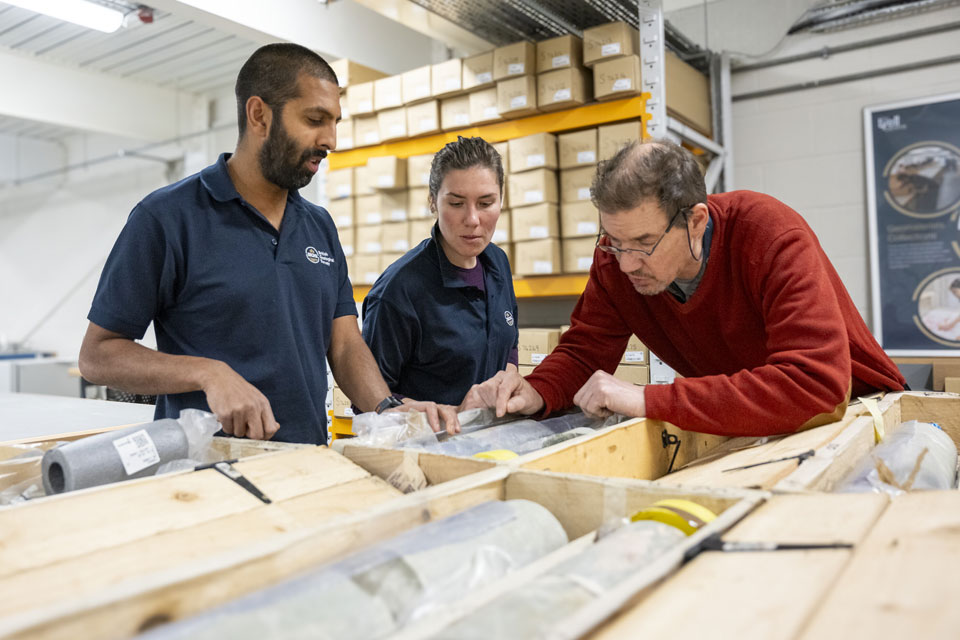
Scientists gain access to ‘once in a lifetime’ core from Great Glen Fault
01/12/2025
The geological core provides a cross-section through the UK’s largest fault zone, offering a rare insight into the formation of the Scottish Highlands.
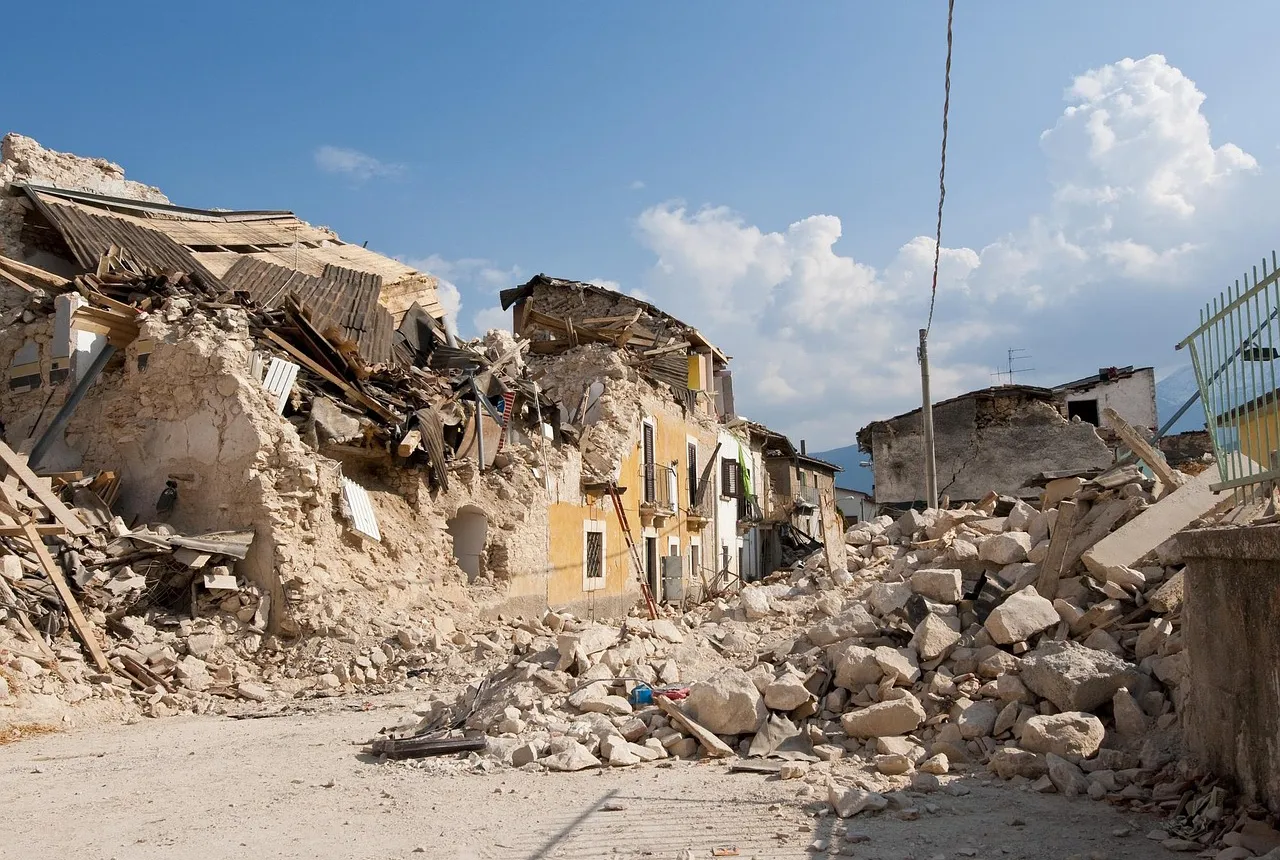
New research shows artificial intelligence earthquake tools forecast aftershock risk in seconds
25/11/2025
Researchers from BGS and the universities of Edinburgh and Padua created the forecasting tools, which were trained on real earthquakes around the world.

BGS welcomes publication of the UK Critical Minerals Strategy
23/11/2025
A clear strategic vision for the UK is crucial to secure the country’s long-term critical mineral supply chains and drive forward the Government’s economic growth agenda.
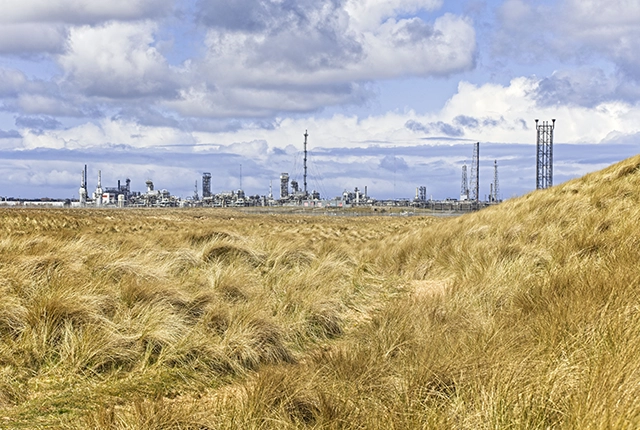
New funding awarded for UK geological storage research
21/11/2025
A project that aims to investigate the UK’s subsurface resource to support net zero has been awarded funding and is due to begin its research.

UK braced for what could be the largest solar storm in over two decades
12/11/2025
Intense geomagnetic activity could disrupt technology such as communication systems, global positioning systems and satellite orbits.
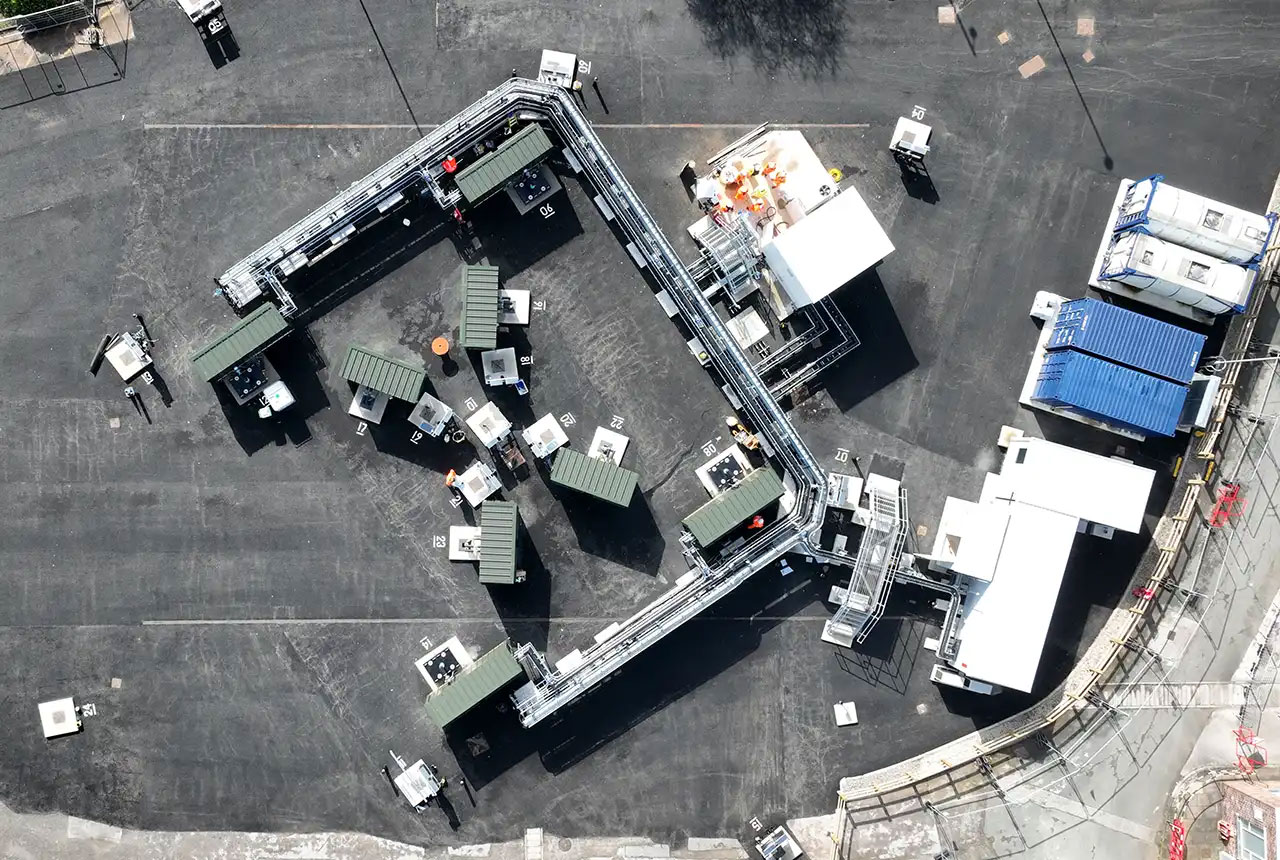
First distributed acoustic sensing survey completed at UK Geoenergy Observatory
12/11/2025
New research at the Cheshire Observatory has shown the potential for mapping thermal changes in the subsurface using sound waves.




